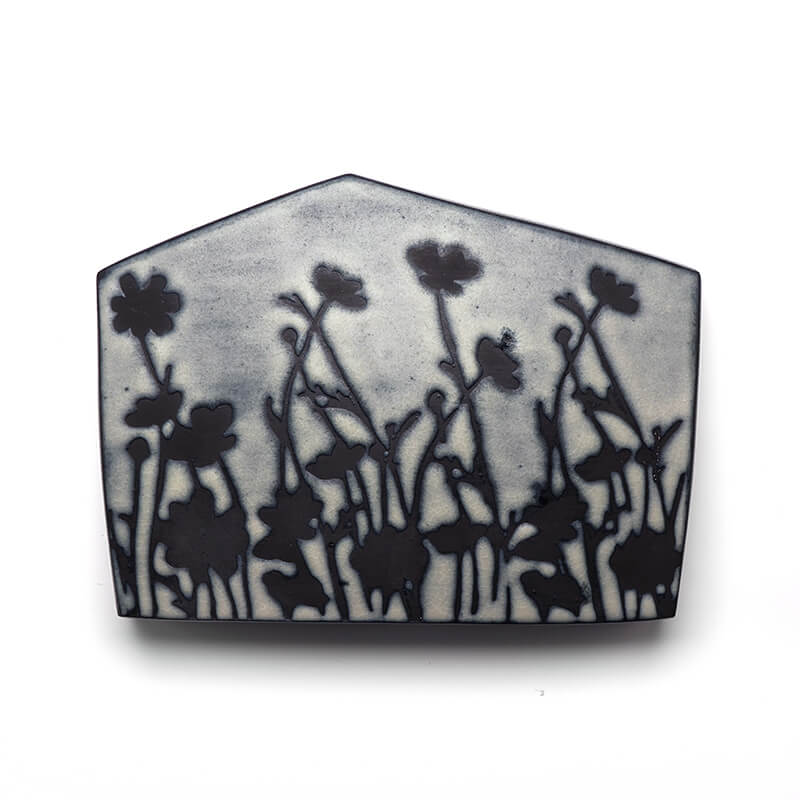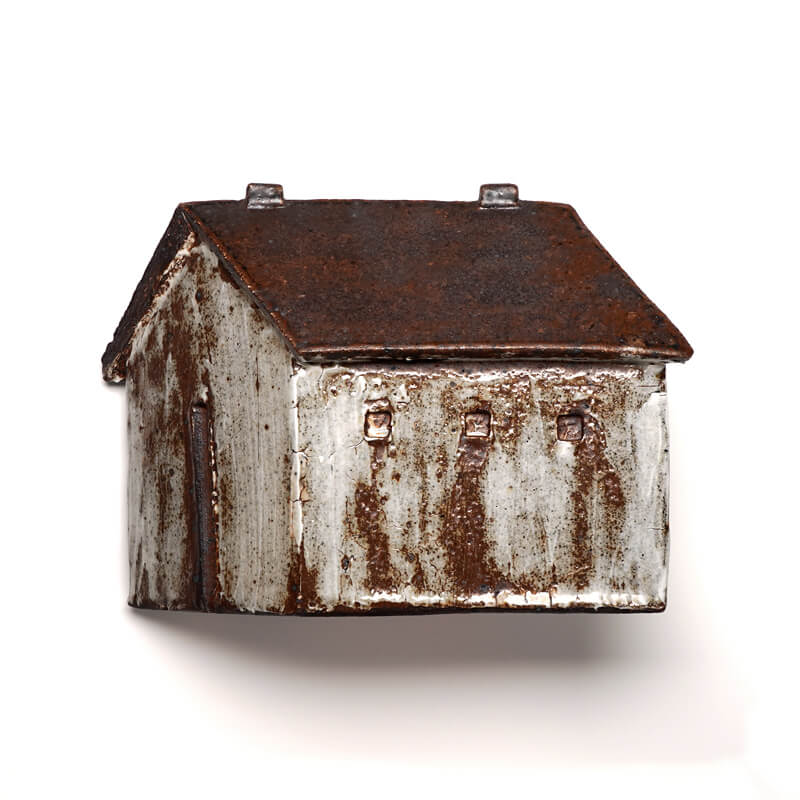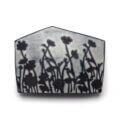
Red Lodge Clay Center – RLCC Curator and Gallery Coordinator 2018-present, Short-Term Resident (AIA) 2023
Jill is currently the Curator and Gallery Coordinator at Red Lodge Clay Center. She served as the Secretary on the Board of Directors for the National Council on Education for the Ceramic Arts (NCECA), and has worked as an Educator at the Aspen Art Museum, the Executive Director of the Carbondale Clay Center, the Executive Director of the Clay Studio of Missoula, the Programs and Administration Director at the Archie Bray Foundation for the Ceramic Arts, and the Studio Manager of the ceramics program at the Anderson Ranch Art Center.
Jill earned her MFA from the Rochester Institute of Technology School for American Crafts, and her BA from Hamilton College. She has been a resident artist at numerous art institutions, notably the Anderson Ranch, the Archie Bray Foundation, and Arrowmont School for Arts and Crafts. While in her studio Jill focuses on creating minimal, architectural ceramic sculptures that have been widely exhibited throughout the United States, as well as sharing her passion of ceramics through conversation with anyone and everyone who will listen.
I find it interesting that all people universally establish protective structures, both architecturally and psychologically. In exploring ways that people relate to each other through these structures, I am investigating the tension revealed in the spaces between and around objects. The artwork focuses on architectural ideas of structure, reinforcement, support, and points of access, as they relate to more personal issues of growth, attachment, affinity, opposition, and patterns of experience.
My most recent work highlights the natural world, and the elusive space of the horizon; the contact point where the earth meets the sky, or the sky meets the water. This work explores the idea of an “absent presence”, where what is most important is perhaps that which is no longer there. This work attempts to express a feeling of optimism and hope through inevitable absence and loss, and to convey a sense that the horizon might be a point of restoration: a space where there is a convergence between expectation, destiny, desire, hopelessness, distance, and vision.
Saudades (pronounced so-da-jes) is an untranslatable Portuguese term that refers to a melancholic longing or yearning. Saudade evokes a sense of loneliness and incompleteness. Portuguese scholar Aubrey Bell attempts to distill this complex concept in his 1912 book In Portugal, describing saudade as “a vague and constant desire for something that does not and probably cannot exist, for something other than the present.” He continues to say that saudade is “not an active discontent or poignant sadness but an indolent dreaming wistfulness.” Saudade can more casually be used to say that you miss someone or something, even if you’ll see that person or thing in the near future. It differs from nostalgia in that one can feel saudade for something that might never have happened, whereas nostalgia is “a sentimental yearning for the happiness of a former place or time.” (source: www.dictionary.com)














